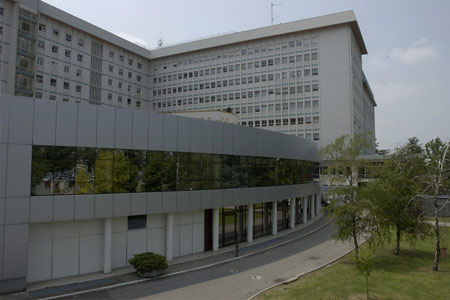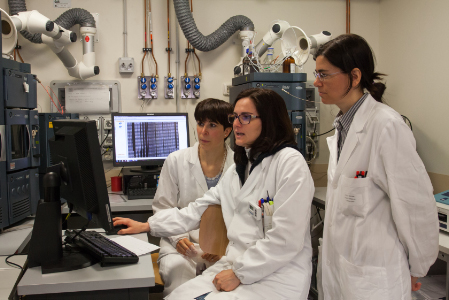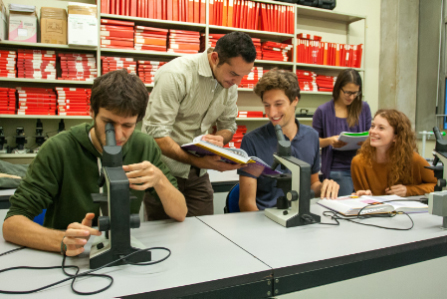Recent findings have uncovered novel fascinating aspects of the biology of neutrophils, which
ultimately attribute to these cells a broader role in inflammation and immunity. One aspect that is
currently under intensive investigation is the notion of neutrophil ‘heterogeneity’. Studies
examining neutrophils in a variety of acute and chronic inflammatory conditions report, in fact, the
recovery of CD66b+ cells displaying neutrophil-like morphology and able to exert either
immunosuppressive or proinflammatory properties. However, due to the lack of specific
markers, the precise phenotype and maturation status of these neutrophil populations remain
unclear. Some of these neutrophil populations sediment within the peripheral blood mononuclear
cell (PBMC) fraction after density gradient centrifugation of blood, and are thus generally defined
as ‘low density neutrophils’ (LDNs). The various LDN populations to date identified and
described in pathological settings are heterogeneously composed by mixed populations of activated
mature neutrophils, as well as neutrophils at different stages of differentiation. In this
context, in a recent study, we demonstrated that in healthy volunteers receiving G-CSF for stem cell
mobilization (GDs) mature neutrophils can be clearly distinguished from immature neutrophil
populations, and, in turn, isolated from the blood, based on their selective expression of CD10 (5).
By doing so, we have shown that mature CD10+ LDNs, as well as CD10+ normal dnsity neutrophil
(NDNs), from GDs inhibit proliferation and IFNγ production by T cells via a CD18-mediated
contact-dependent release of arginase 1(ARG1). By contrast, we have shown that immature
CD66b+CD10- LDNs from GDs manifest an opposite behavior, since they promoted T cell survival
and enhanced proliferation and IFNγ production by T cells via CD18-mediated contact-dependent
mechanisms. Notably, we found that it is possible to clearly distinguish mature neutrophils from
immature neutrophil populations also within CD66b+ LDNs from cancer and SLE patients, again
relying on their CD10 positivity/negativity.
Our findings uncover CD10 as a phenotypic marker discriminating mature neutrophils from
immature neutrophil populations present in patients with acute or chronic inflammatory conditions,
as well as facilitating their isolation, to better define their specific immunoregulatory properties.







